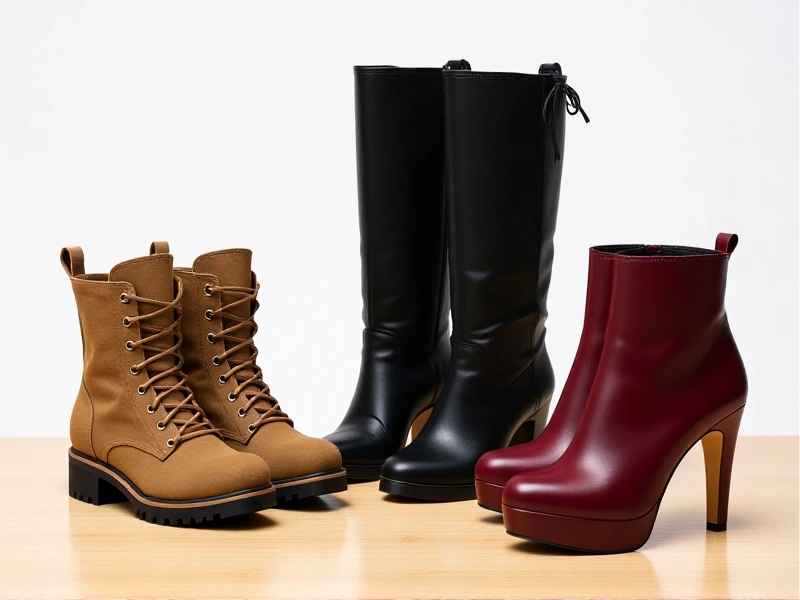Finding Your Perfect Fit: The Ultimate Guide to Hiking Boots

Choosing the right hiking boots makes the difference between a day on the trail filled with joy and one plagued by discomfort. Your connection with the ground matters, demanding footwear that excels in support, protection, and durability. Whether conquering challenging ascents or exploring gentle paths, investing in the proper pair unlocks true outdoor freedom.
Durability is paramount. Quality hiking boots utilize rugged, supportive materials that withstand rocks, roots, and weather. Look for robust synthetic leather or full-grain leather uppers for long-lasting resilience. Combined with reinforced toe caps and heel counters, this construction shelters your feet from impact and abrasion. A grippy, aggressive rubber outsole like Vibram® is essential, providing reliable traction across mud, wet stone, and loose gravel.
Comfort ranks equally high. A stiff sole protects against uneven terrain, but cushioning absorbs shock. Advanced midsoles offer plush underfoot support without sacrificing ground feel. Prioritize a precise fit – heel securely locked, adequate toe room, and no pinching. Most quality brands incorporate sophisticated lacing systems for individualized lockdown, ensuring feet stay stable mile after mile. Remember the crucial break-in period: wear new boots on short walks around home before tackling the wilderness.
Protection from the elements defines serious hikers. Waterproof membranes like GORE-TEX® prevent moisture intrusion from rain and stream crossings, letting internal sweat vapor escape. Insulated options are vital for cold-weather adventures, while breathable boots excel in warmer climates. Consider gaiter compatibility for deep snow or muddy conditions, adding another layer of security. Match the boot height to your activity: lightweight mid-cut for day hikes, supportive high-ankle models for rugged terrain or heavy packs.
Selecting boots for the trail's demands ensures confidence. For maintained trails, lightweight trail runners or hiking shoes suffice. Rugged day hikes require supportive mids designed for technical terrain. Consider sturdy backpacking boots for demanding multi-day journeys carrying weight. Assess your typical terrain, load weight, and weather conditions to choose wisely.
Ultimately, the best hiking boots feel like an extension of your feet – supportive, protective, and empowering. Understanding your needs and carefully assessing features like fit, materials, waterproofing, and sole technology is key. Your boots are the foundation of every adventure; invest in the perfect pair and step outwards with unwavering confidence.